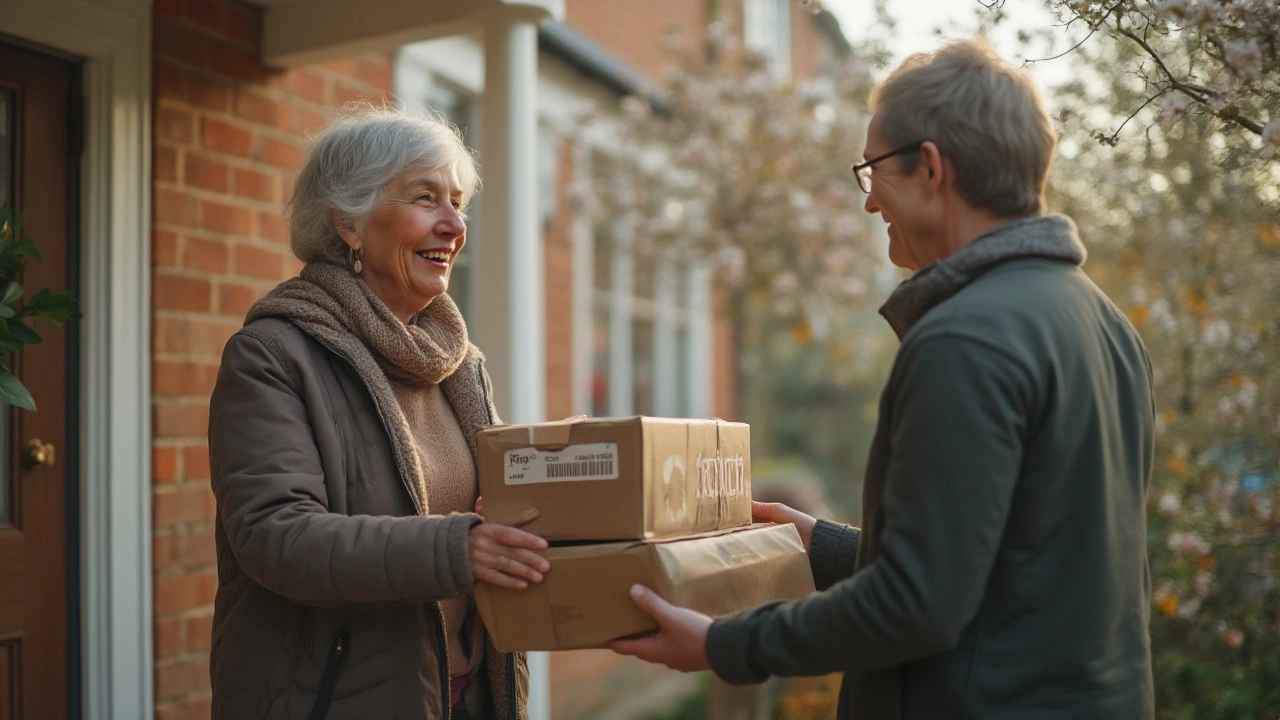Safe Online Prescription: How to Order Medication Without Getting Scammed
Buying medicine on the internet feels like a shortcut, but it can also be a minefield. You want the right drug, a real prescription, and a price that doesn’t break the bank. Below are the practical steps that keep you on the safe side while you shop online.
Check the pharmacy’s credentials
The first thing to do is confirm the pharmacy is licensed. Look for a clear address, a valid pharmacy license number, and a pharmacist’s contact info. In the US, a .pharmacy domain is a good sign, and you can cross‑check the license on the state board’s website. In the UK, the MHRA’s online register does the same. If the site hides these details or only offers a generic “contact us” form, walk away.
Another quick test: type the pharmacy’s name into the NABP or PharmacyChecker databases. A green light means they’ve been vetted. A red flag means they’re likely operating without oversight.
Make sure a valid prescription is required
Legit online pharmacies will never ship prescription‑only meds without a doctor’s note. They usually ask you to upload a scanned copy, a photo, or use a secure portal where your doctor can send the script directly. If the site says “no prescription needed” for antibiotics, ADHD meds, or hormone therapy, that’s a huge red flag.
When you upload your prescription, watch for a confirmation email that includes the pharmacist’s name, the pharmacy’s registration number, and a clear privacy policy. These details prove the pharmacy is treating your health information responsibly.
Do not trust pharmacies that ask for payment before you see the prescription request form. Scammers often collect money first, then disappear.
Compare prices but stay realistic
It’s tempting to chase the lowest price, but a deal that’s too good to be true usually is. Generic versions of most meds cost 30‑60 % less than brand‑name drugs, and that’s normal. If you see a 90 % discount on a brand‑only drug, double‑check the pharmacy’s credentials.
Use price‑comparison tools like GoodRx, Blink Health, or pharmacy‑specific discount cards. These tools also show you if the pharmacy offers a legitimate discount program or just a fake coupon.
Watch out for hidden fees and shipping traps
Read the fine print on shipping costs, customs duties, and delivery times. Some overseas pharmacies claim free shipping but tack on a huge handling fee later. Choose pharmacies that provide a clear total cost before checkout and use tracked shipping options.
Make sure the pharmacy follows local regulations for importing medication. In the US, the FDA allows a 30‑day supply for personal use, but larger shipments may be seized.
Protect your personal data
Secure sites use https:// and show a padlock icon in the address bar. Avoid sites that ask for unnecessary information like your social security number or bank account details. Use credit cards or PayPal for added fraud protection.
After you receive your meds, inspect the packaging. Legitimate pharmacies label the bottle with the drug name, strength, dosage instructions, and the pharmacist’s contact info. If anything looks off—misspelled names, blurry labels, or broken seals—contact the pharmacy immediately and consider reporting them to your local health authority.
Following these steps lets you enjoy the convenience of online ordering without compromising safety. Remember, the goal is to get the right medication, at a fair price, from a reputable source. If you ever feel unsure, ask your doctor or pharmacist for a recommendation—they often know trusted online partners.

